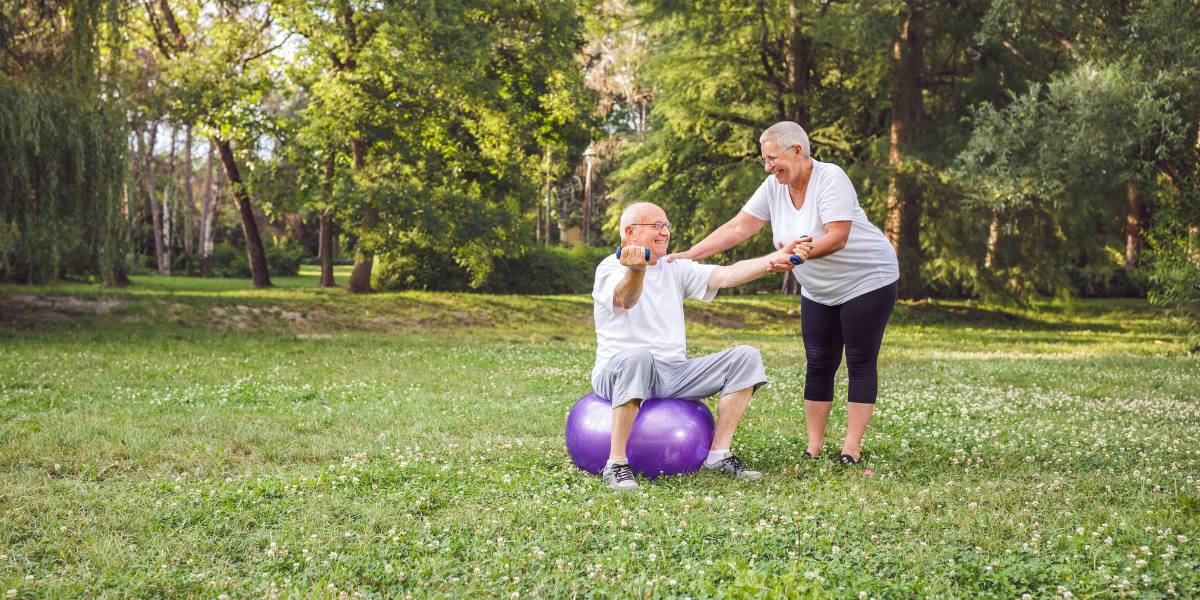People aged over 60 who reduce the time they spend being physically active run the risk of a lower quality of life, research has highlighted.
The study of nearly 1,500 people also found that quality of life is reduced in older people if they increase the amount of time they spend sitting down.
The findings have led researchers to stress the importance of older adults maintaining an active lifestyle.
Dr Dharani Yerrakalva, from the Department of Public Health and Primary Care at the University of Cambridge, said: “Keeping yourself active and limiting – and where you can, breaking up – the amount of time you spend sitting down is really important whatever stage of life you’re at.
“This seems to be particularly important in later life, when it can lead to potentially significant improvements to your quality of life and your physical and mental wellbeing.”
Ways to stay active in older age include a daily brisk walk for around 20 minutes, gardening, cycling, dancing or tennis.
Staying active, particularly if it raises your heart rate, helps to reduce the risk of conditions including stroke, diabetes, heart disease and cancer.
Adults should aim to do at least 150 minutes of moderate-intensity exercise a week or 75 minutes of vigorous-intensity exercise a week, according to the NHS.
Particular health benefits can be seen in older people if they break up long periods of sitting with some activity, even if it just standing.
This latest study involved 1,433 people aged 60 or over, with researchers examining their activity levels. They also measured their quality of life, giving them a score between 0 (worst quality of life) and 1 (best) based on their answers to a survey.
Lower quality of life scores are associated with a greater risk of being admitted to hospital, worse outcomes following hospitalisation, and early death.
Six years later, the researchers followed up on the initial findings to note changes in participants’ activity levels and quality of life.
Both men and women were, on average, doing 24 minutes less moderate-to-vigorous physical activity each day. In addition, sedentary time increased by an average of 33 minutes a day for men and 38 minutes for women.
Those people who did more moderate-to-vigorous physical activity at the start of the study, and spent less time sitting down, had a higher quality of life later on.
Quality of life scores show that someone who spent 15 minutes a day less engaged in moderate-to-vigorous physical activity would have seen their score drop by 0.45.
In terms of sedentary behaviour, those who spent 15 minutes a day more sitting down would have seen their quality of life score drop by 0.18.
For context, a 0.1 point improvement in quality of life scores has been linked in the past with a 6.9% reduction in early death and a 4.2% reduction in risk of being admitted to hospital.
Dr Yerrakalva said: “There are several ways in which improvements in our physical behaviours might help maintain a better quality of life.
“For example, more physical activity reduces pain in common conditions such as osteoarthritis, and we know that being more physically active improves muscle strength which allows older adults to continue to care for themselves.
“Similarly, depression and anxiety are linked to quality of life, and can be improved by being more active and less sedentary.”
Read the full study in Health and Quality of Life Outcomes.




